- What We Do
- Agriculture and Food Security
- Democracy, Human Rights and Governance
- Economic Growth and Trade
- Education
- Environment and Global Climate Change
- Gender Equality and Women's Empowerment
- Global Health
- Humanitarian Assistance
- Transformation at USAID
- Water and Sanitation
- Working in Crises and Conflict
- U.S. Global Development Lab
Speeches Shim
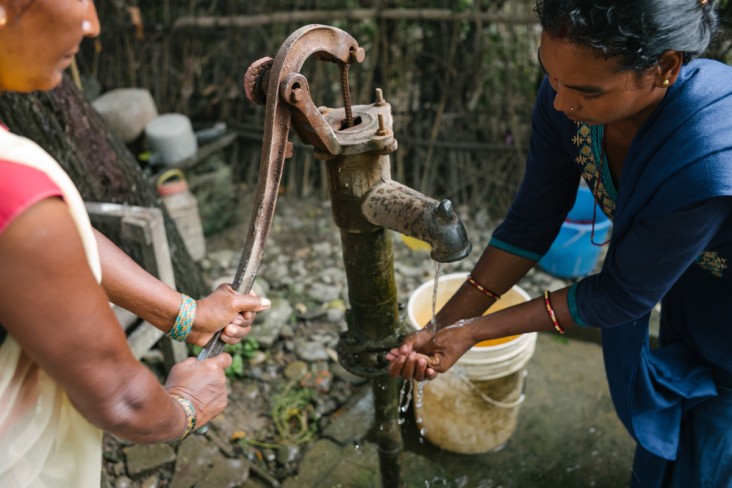
Women and girls without access to toilets spend 97 billion hours each year looking for a safe place to relieve themselves, translating into hours of lost productivity.1
Currently, 2.1 billion people around the world live without access to safe drinking water, and approximately 4.5 billion people lack access to adequate sanitation.2 By 2050, some regions could see their economic growth decline by as much as six percent of their Gross Domestic Product (GDP) as a result of rising water pollution, increasing water demand, and dwindling water supplies and the impact on agriculture, health, and incomes.3 In addition to inadequate water, sanitation, and hygiene (WASH), indoor air pollution and other environmental factors are major contributors to some of the leading causes of child deaths, including pneumonia, diarrhea, and malaria.
USAID has helped more than 14.9 million people gain access to basic drinking water since 2012.
As a result of USAID programs in Fiscal Year 2017, more than 3.6 million people gained access to improved water, and more than 3.2 million people received improved access to sanitation facilities. These results include more than 1.7 million women and girls that have benefited from improved water services and more than 1.9 million women and girls that now have access to improved sanitation.4 USAID’s efforts to improve WASH span a wide variety of initiatives in 47 countries and regions, all guided by the U.S. Government Global Water Strategy.
In order to prevent child deaths due to lack of basic water and sanitation, USAID supports local governments and stakeholders to strengthen WASH systems at the household, community, and institutional levels to improve drinking water services, scale up area-wide basic sanitation coverage, and promote innovative approaches to enabling hygiene behavior change to prevent against water-borne disease. Additionally, USAID works to support operational research to better understand adoption and use factors related to air pollution.
USAID's Impact
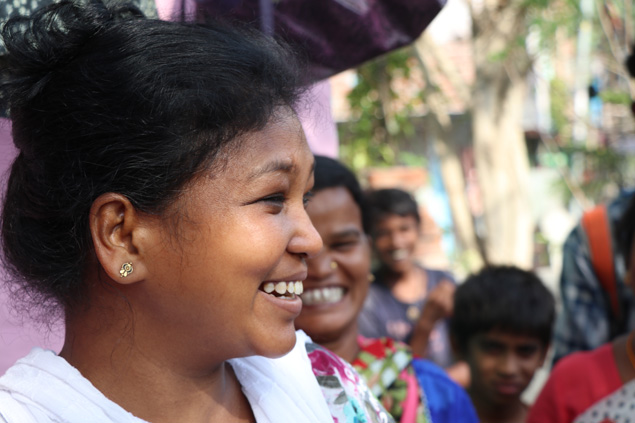
In 2018, 3,192 cities across India became certified as free of open defecation.
USAID supported the roll out of the nationwide survey, Swachh Surveskhan 2018, which ranks progress on WASH in addition to the certification of thousands of cities to become open defecation free. Photo Credit: USAID
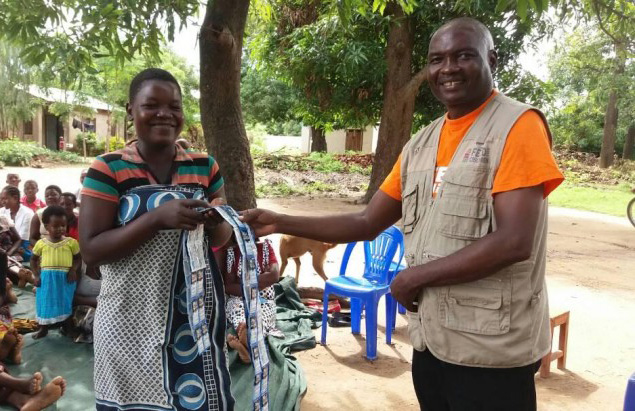
In Malawi, USAID partnered with Procter & Gamble to provide 1.2 million water-purification sachets to 22,000 households to prevent cholera this past year.
During the cholera outbreak in Malawi, USAID’s partnerships with Procter & Gamble and Feed the Children saved countless lives with the distribution of thousands of water-purification sachets. In addition, the distribution of sachets was accompanied by demonstrations and training on correct and consistent usage. Read the full story. Photo Credit: Marcus Westberg, Feed The Children
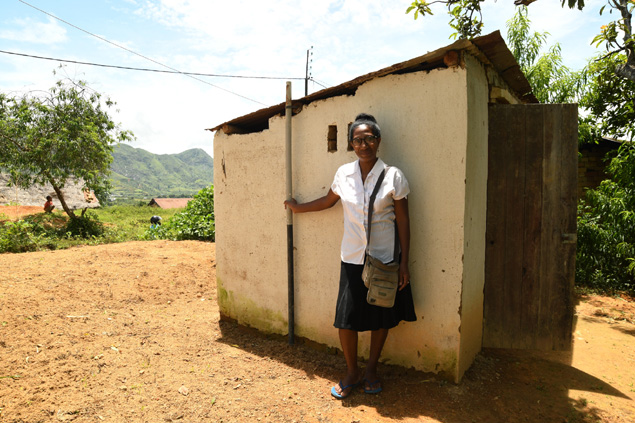
In Madagascar, USAID along with other partners, supported 347 communities to become certified as free of open defecation in 2018.
Photo Credit: Amy Fowler/USAID.
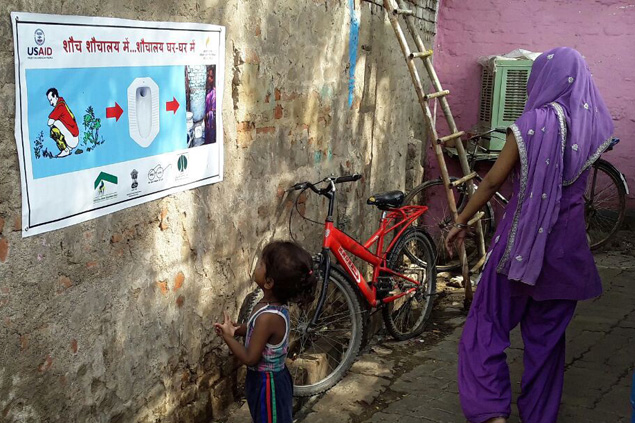
With USAID support, a number of countries in Sub-Saharan Africa and Southeast Asia are improving access to basic sanitation through public education and behavior change campaigns and by building latrines.
Learn more about countries that are making sanitation gains through USAID Global Waters. Photo: USAID/India
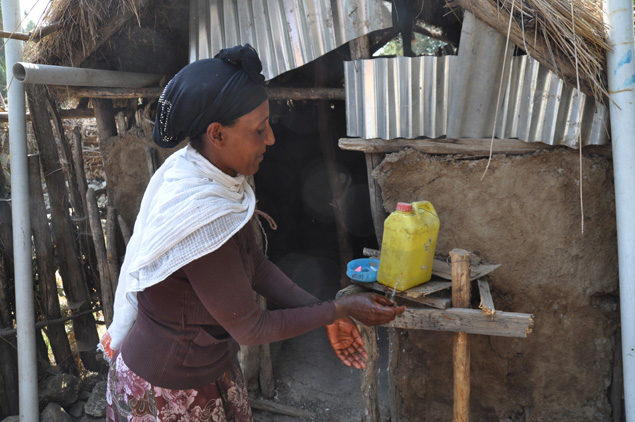
In 2018, USAID’s support helped bring sanitation to 39,000 Ethiopians.
In collaboration with the government of Ethiopia and other partners, USAID improved access to basic sanitation for 11,000 peri-urban and rural households and 28,000 urban residents. Photo Credit: Amy Fowler/USAID
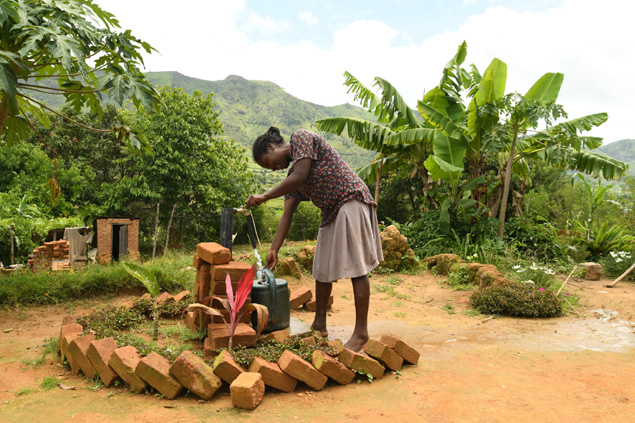
From 2012 to 2018, USAID helped 14.9 million people gain access to basic drinking water services.
USAID collaborates with partners and host-country governments to scale up what works to save lives, and we report back annually on progress. Check out the 2019 Acting on the Call report for more information. Photo Credit: Amy Fowler/USAID
Resources
- USAID’s Global Waters
- USAID Global Water and Development Report [PDF, 1.9MB]
- US Government Global Water Strategy 2017 [PDF, 1.9MB]
- Water, Sanitation, and Hygiene Partnerships and Learning for Sustainability (WASHPaLS)
- USAID Water and Sanitation
- USAID Acting on the Call: Ending Preventable Child and Maternal Deaths
For more information about how USAID solves global water and sanitation challenges, visit Global Waters. Supported by the USAID Water Office, Global Waters has the aim of fostering global knowledge and collaboration for sustainable water, sanitation, and hygiene access for all, and providing water practitioners with the latest news, learnings, and resources from USAID and our partners.
3 https://www.who.int/news-room/fact-sheets/detail/newborns-reducing-mortality

Comment
Make a general inquiry or suggest an improvement.